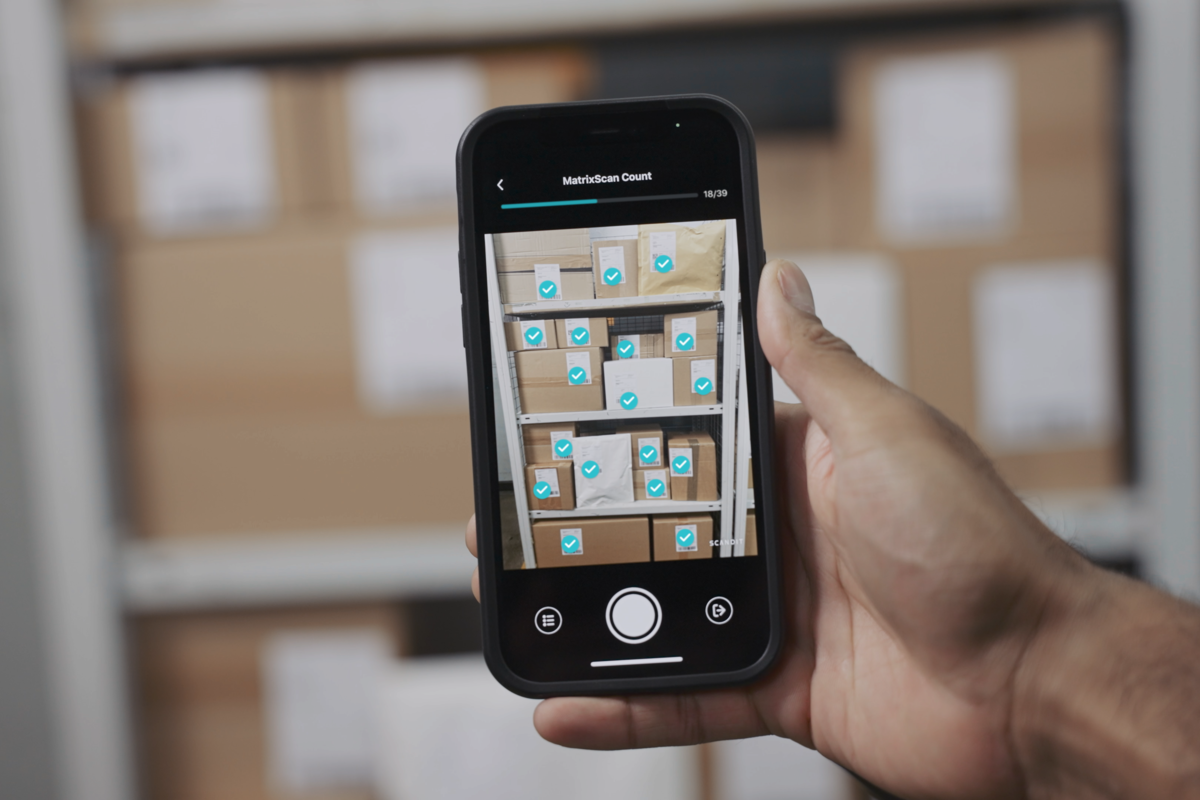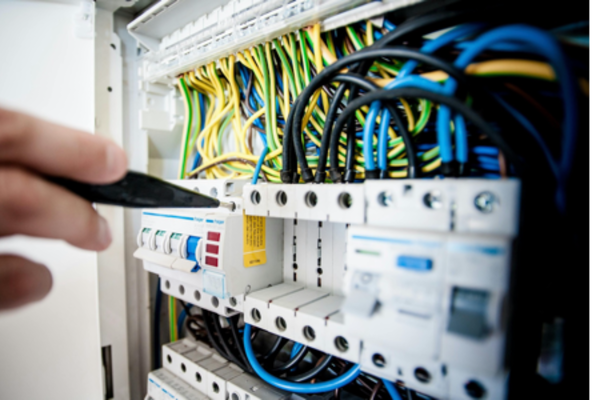Five ways smart data capture empowers the workforce of tomorrow
Smart data capture automates data collection from physical goods and services and provides real-time insights to employees at every level

The future may be digital, but the workforce of tomorrow will still have to manage physical goods and services.
Retailers will still need to get products onto, and off, their shelves. Drivers will still need to deliver goods daily to homes and businesses. Medicines will still need to be managed responsibly and securely.
All this means that data capture – the process of collecting and digitising information from the physical world – will be as important to the workforce of tomorrow as it is today. The way we collect data, though? That’s all set to change, as data capture gets smarter.
Smart data capture automates data collection and combines multiple data sources (including barcodes, text, IDs and objects). Running on any smart device with a camera and powered by AI, it generates a more complete, actionable, and accurate view of warehouses, store shelves, delivery vans and more.
Critically, it also provides rich insights at the point of data collection. These insights empower real-time decision-making all the way from the boardroom to the shop floor.
Here are five ways smart data capture will empower both the frontline workers and business decision makers of tomorrow.
Shift tedious tasks to technology
Let’s face it, data capture is boring. Ticking off deliveries on a list, scanning thousands of individual barcodes in a warehouse, or checking hundreds of passports are time-consuming, repetitive tasks.
Smart data capture automates these tasks – for example, by allowing frontline workers to capture multiple barcodes accurately with a single scan. It makes jobs more attractive, helping organisations win the war for talent.

Reduce training and onboarding time
The companies of tomorrow will not only need to respond faster than ever to external shocks and market conditions, but also manage an aging workforce. The workforce of tomorrow will operate in a world where agility, adaptability and reskilling are key, and 60 per cent think few people will have stable, long-term employment.
Today, frontline workers have to be trained in how to use data capture tools – for example, how to select the right barcode if there is more than one on a package, or workarounds if a code is damaged.
Smart data capture, on the other hand, is contextually aware. Running on the smart devices younger, digital natives expect, it can use text and object recognition to infer the right code to scan. Or it can automatically switch to text recognition if a code is damaged.
Easy-to-use, actionable insights such as stock levels are provided at the point of data collection, often using augmented reality (AR). This accelerates the process of gaining organisational knowledge and time to proficiency. Smart data capture increases companies’ capacity to scale fast, pivot and manage staff turnover.
Democratise data with instant purpose and value
The digital team managing a company’s website has performance data that is always up-to-date and in real time. Today, though, the same can’t be said for their logistics colleagues – or any team that manages tangible assets or physical services. Logistics errors, for example, cost the pharma sector alone a staggering $35 billion every year.
Smart data capture transforms this. It delivers comprehensive data and actionable insights instantaneously throughout supply chains and businesses, from a store associate helping a customer up to the CEO.

Smart data capture provides not only real-time intelligence but the ability to execute changes fast – enabling businesses to pivot fast in response to data and external events or monitor sustainability practices and act quickly if there are concerns.
Use any smart device, anywhere
Smart data capture software is compatible with any smart device with a camera. The workforce of the future will use it flexibly on smartphones (both company owned and personal), tablets, laptops, handheld computers, fixed cameras, wearable devices and more.
A delivery driver may use a smart data capture-enabled application on their own smartphone with AR overlays guiding them to which package to load where in the van, and allow them to identify easily which package to deliver to a specific address. Meanwhile, their colleagues sorting products in the company’s warehouse may be using smart data capture on wearable headsets to enable them to work hands-free for increased efficiency.
Reach beyond human limitations
Smart data capture will augment the jobs of the future by capturing and analysing data in ways unaided humans – even in optimum conditions and with all the time in the world – are not capable of.
A real-world example today is that it’s not always possible for a driver delivering age-restricted goods to identify a fake ID just by examining it. However, if you scan the ID and apply machine learning algorithms, this can detect anomalies invisible to the naked eye and highlight a likely fake to the driver. It prevents fraud, bakes regulatory compliance into workflows and creates a clear audit trail.
Capture value, not just data
Ultimately, smart data capture will empower the businesses of tomorrow to turn data capture into a site of value creation – enabling greater agility, responsiveness to the needs of a changing workforce, and enhanced supply chain transparency and sustainability.
Scandit is the leader in smart data capture, giving superpowers to workers, customers and businesses by providing actionable insights and automating end-to-end processes.
For more information, visit scandit.com.
John Forslund, Senior Director, Product Marketing, Scandit

Business Reporter Team
Most Viewed
Winston House, 3rd Floor, Units 306-309, 2-4 Dollis Park, London, N3 1HF
23-29 Hendon Lane, London, N3 1RT
020 8349 4363
© 2024, Lyonsdown Limited. Business Reporter® is a registered trademark of Lyonsdown Ltd. VAT registration number: 830519543





